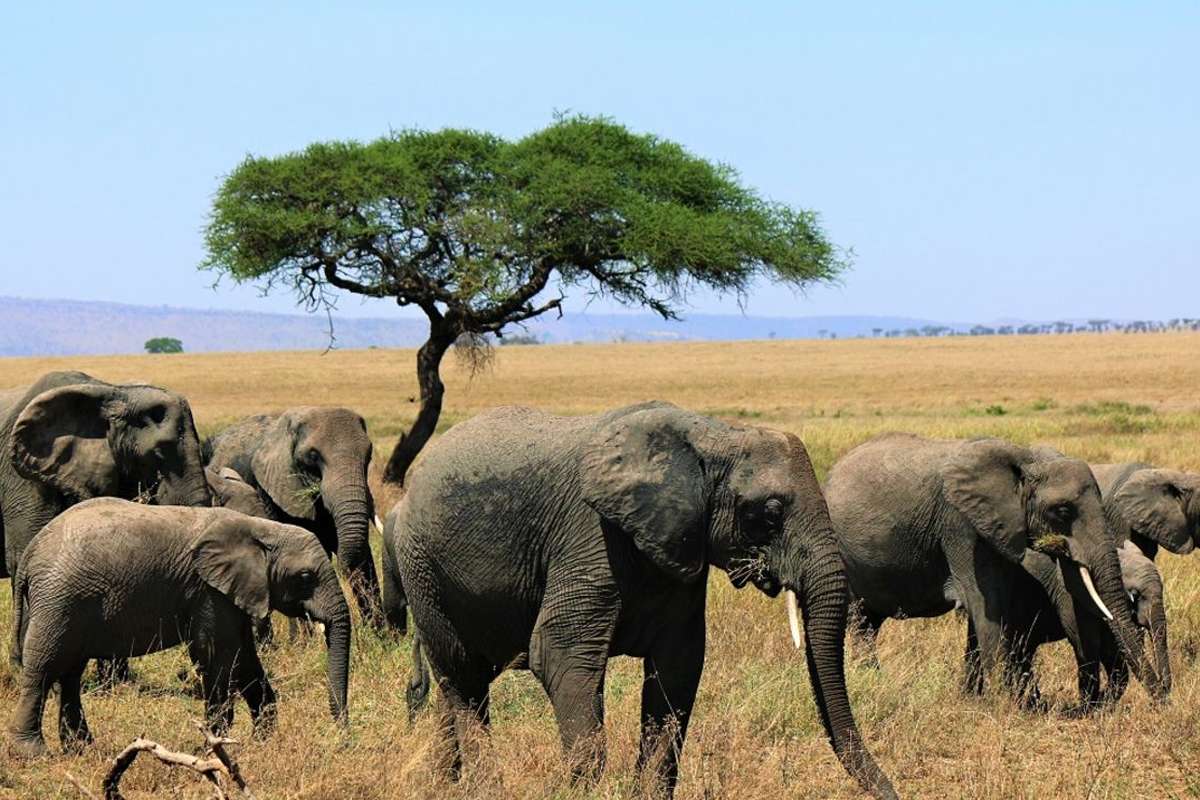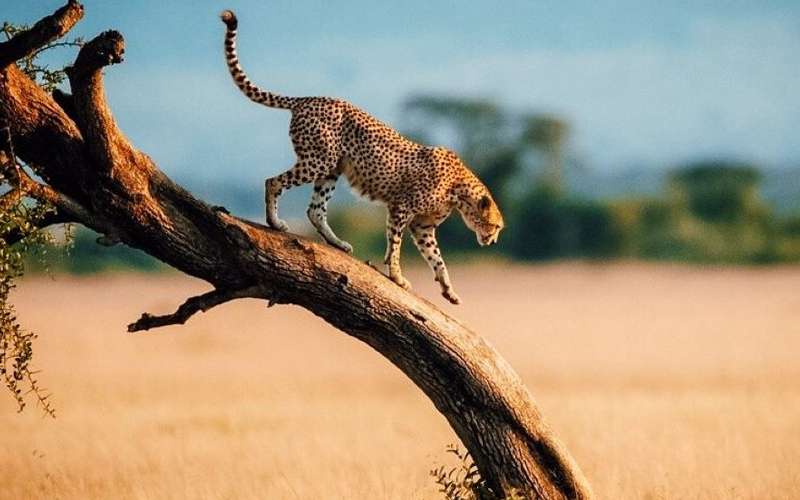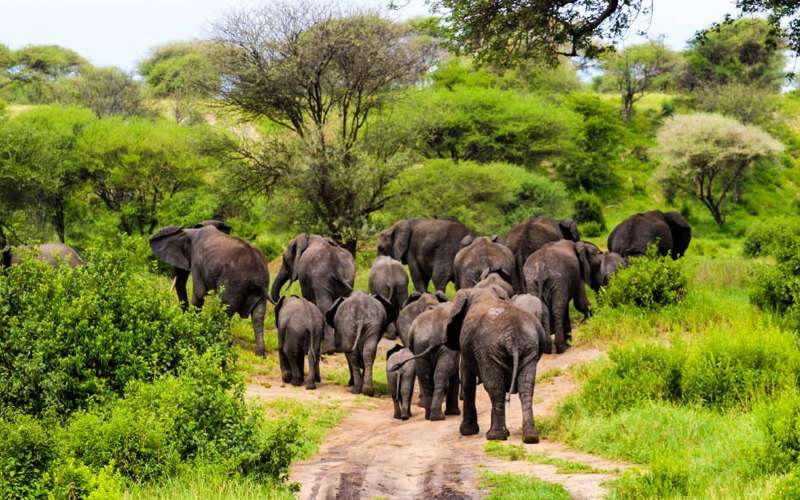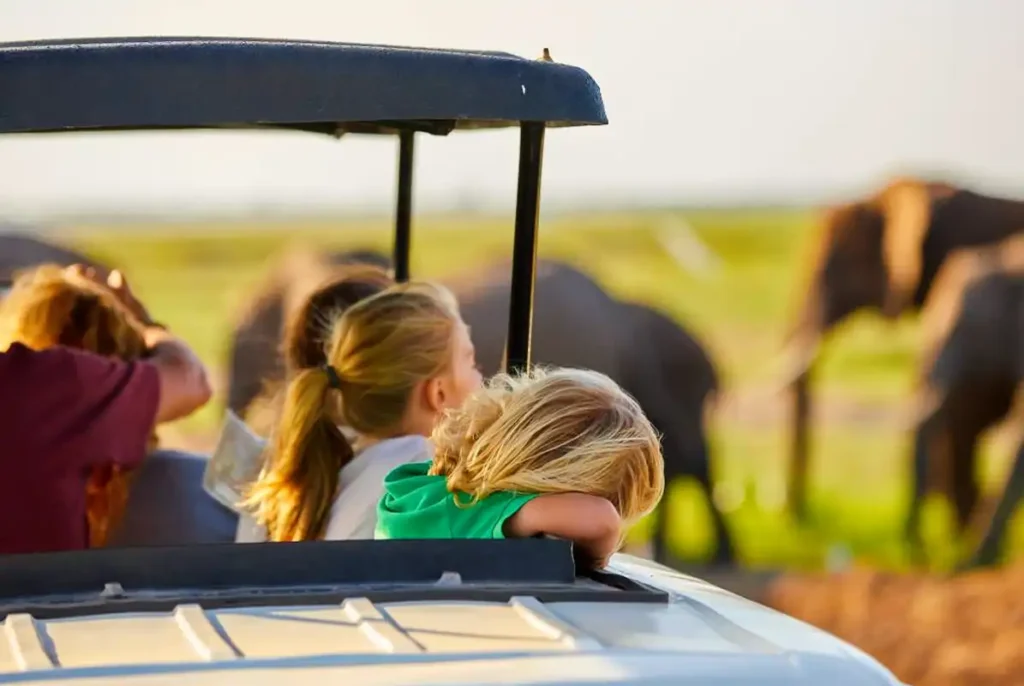Tanzania Wildlife Census in 2024
In 2024, Tanzania will conduct its highly anticipated wildlife census, a crucial event that helps monitor the country’s biodiversity and the health of its ecosystems. The census is a comprehensive survey that counts the populations of key species such as elephants, lions, giraffes, and rhinos, offering critical data for conservation efforts. But beyond conservation, the results of the wildlife census will have a direct impact on Tanzania’s thriving safari tourism industry, shaping everything from park management to visitor experiences. This article explores how the 2024 wildlife census will influence Tanzania’s safari tourism.
What Is a Wildlife Census?
A wildlife census is a systematic survey conducted to assess the population sizes of various animal species within a specific region. These censuses are usually conducted periodically to help conservationists, government authorities, and wildlife management organizations keep track of species numbers, habitat health, and threats such as poaching or habitat loss.
Why the 2024 Wildlife Census Matters
The 2024 wildlife census in Tanzania is particularly important as it comes at a time when the country is grappling with various environmental challenges, including climate change, human-wildlife conflict, and illegal poaching. Gathering accurate data on wildlife populations will help inform strategies for sustainable wildlife management and park operations, which are vital to preserving Tanzania’s wildlife heritage and supporting its tourism industry.
How the Wildlife Census Is Conducted
- Aerial Surveys: Aerial surveys are one of the most effective ways to conduct large-scale wildlife censuses in expansive regions like Tanzania’s national parks. Planes or helicopters fly over designated areas, allowing researchers to count animals and assess their habitats. This method is particularly useful for tracking large animals like elephants, wildebeest, and giraffes, which can be easily spotted in the air.
- Ground Surveys: For smaller species or those that may be hidden from aerial view, ground teams conduct surveys using GPS and camera traps. These teams collect data on animals’ numbers, movements, and behaviors. They also assess the health of the ecosystem, looking at factors such as water availability and vegetation conditions.
- Technology and Data Collection: In recent years, technology has played an increasingly important role in wildlife censuses. Drones, satellite imaging, and camera traps provide more accurate and real-time data. The 2024 wildlife census will incorporate these technologies to ensure a more comprehensive count, helping conservationists track wildlife across vast and remote areas of Tanzania.
How the 2024 Census Impacts Safari Tourism
1. Conservation-Based Tourism
The results of the wildlife census directly influence the management and conservation policies of Tanzania’s national parks and game reserves. Safari tourism heavily depends on healthy animal populations, and any significant changes in species numbers—whether positive or negative—can impact visitor experiences. If the census reveals declining populations of key species, such as elephants or lions, it may prompt stricter conservation measures, including tighter park entry controls or restrictions on off-road driving.
For tourists, this means that the 2024 census could affect the availability of certain safari activities or routes within the parks. On the other hand, a healthy, stable wildlife population may lead to the expansion of safari experiences, allowing tour operators to create new itineraries and offering tourists more diverse wildlife encounters.
2. Improved Park Management
The data gathered from the 2024 census will help park authorities optimize wildlife management strategies. By understanding where animal populations are concentrated and how they are distributed, park managers can improve the allocation of resources such as anti-poaching patrols, ranger deployment, and habitat restoration projects. This, in turn, ensures that wildlife remains abundant and accessible for safari-goers, enhancing the overall quality of the safari experience.
For example, if certain areas are identified as critical wildlife habitats, parks may invest in better infrastructure—such as roads and viewing platforms—around those areas to improve tourist access while minimizing environmental disturbance.
3. Addressing Human-Wildlife Conflict
The census also plays a crucial role in addressing human-wildlife conflict, which can be a significant challenge in areas surrounding national parks. If wildlife numbers are found to be increasing in certain regions, there may be a higher risk of animals encroaching on human settlements, leading to conflicts. Conversely, dwindling numbers of animals could indicate that they are being pushed out of their natural habitats due to human activities like farming or construction.
Safari tourism operators are often affected by these conflicts, as they rely on stable and peaceful interactions between wildlife and local communities. The 2024 census will provide valuable insights into where these conflicts are likely to arise, allowing park authorities and tour operators to take proactive measures, such as improving fencing or introducing new buffer zones between wildlife habitats and human settlements.
4. Enhancing Visitor Experience
The wildlife census helps to map out where animals are most abundant, which can be valuable information for safari guides and tour operators. With more accurate data on animal movements, migration patterns, and population densities, safari companies can optimize their game drives to offer visitors better chances of seeing the Big Five and other iconic species.
For tourists, this means more reliable wildlife sightings and a richer, more rewarding safari experience. Guides can also share real-time updates on population trends and conservation efforts, giving visitors a deeper understanding of the challenges facing Tanzania’s wildlife.
5. Promoting Sustainable Tourism
The wildlife census supports Tanzania’s efforts to promote sustainable tourism, which is essential for the long-term preservation of its national parks. By understanding wildlife populations and their ecological needs, park authorities can develop strategies to ensure that tourism activities do not negatively impact the environment.
For instance, if the census reveals that certain areas are under strain from high visitor numbers, park authorities may implement quotas or restrictions to limit access and reduce environmental degradation. This helps to maintain the delicate balance between providing an unforgettable safari experience and preserving the natural environment for future generations.
Census Results and Their Long-Term Impact on Safari Tourism
- Safeguarding Endangered Species: The wildlife census will likely shine a spotlight on endangered species such as rhinos, African wild dogs, and certain bird species. If their populations are found to be critically low, the government and conservation organizations may intensify protection efforts, including increasing anti-poaching patrols and habitat restoration projects. While this may lead to stricter regulations for tourists, it ultimately benefits safari tourism by ensuring that these species remain part of Tanzania’s wildlife heritage.
- New Safari Opportunities: On the positive side, if the census reveals population growth in certain species or regions, it could open up new opportunities for safari tourism. For example, areas that were once off-limits due to low wildlife numbers could be reopened, allowing tourists to explore new parts of Tanzania’s wilderness. Additionally, population growth among prey species like wildebeest and zebras could lead to more frequent predator sightings, enhancing the safari experience.
- Conservation Success Stories: The 2024 wildlife census also has the potential to highlight Tanzania’s conservation success stories. If certain species show positive population trends, it will be a testament to the country’s efforts to protect its wildlife through national parks, game reserves, and anti-poaching initiatives. These success stories not only attract more tourists but also boost Tanzania’s reputation as a global leader in wildlife conservation.
The Role of Technology in the 2024 Wildlife Census
- Drones and Satellite Imaging: Technology is playing a pivotal role in the 2024 wildlife census, with drones and satellite imaging being used to cover large areas of the national parks. These tools provide high-resolution images and data, allowing researchers to track animal movements and assess habitats more effectively. Drones are particularly useful for reaching remote or difficult-to-access areas, ensuring a more accurate and comprehensive count.
- Camera Traps: Camera traps are another critical tool used in the census, especially for tracking nocturnal and elusive species like leopards, hyenas, and small carnivores. These cameras are placed in strategic locations throughout the parks and capture images or videos of animals as they pass by. The data collected from camera traps helps researchers estimate population sizes and monitor animal behavior, providing valuable insights into the health of the ecosystem.
- GPS Collars and Tracking: GPS collars are used to monitor the movements of key species such as elephants, lions, and rhinos. These collars provide real-time data on animal locations, migration patterns, and habitat use. This information is crucial for both the census and for long-term wildlife management strategies, as it helps park authorities understand how animals interact with their environment and respond to any potential threats.
The 2024 wildlife census in Tanzania will have a profound impact on the country’s safari tourism industry. By providing valuable data on species populations, animal movements, and ecosystem health, the census will help guide conservation efforts, improve park management, and enhance visitor experiences. Whether you’re a first-time safari-goer or a seasoned traveler, the census results will shape how you experience Tanzania’s incredible wildlife in the years to come.
FAQs
- How often is the wildlife census conducted in Tanzania?
Tanzania typically conducts wildlife censuses every few years to monitor animal populations and ecosystem health. The 2024 census is part of ongoing efforts to protect the country’s biodiversity. - How does the wildlife census affect safari tourism?
The census impacts safari tourism by influencing park management, conservation policies, and visitor experiences. It helps ensure sustainable tourism and offers data that enhances wildlife sightings during safaris. - What technologies are used in the 2024 wildlife census?
The 2024 census utilizes drones, satellite imaging, GPS collars, and camera traps to accurately monitor animal populations and assess habitats across Tanzania’s national parks. - Will the census lead to any changes in park regulations?
Depending on the results, the census could lead to stricter conservation measures, such as limiting visitor numbers in certain areas or implementing new wildlife protection strategies. - How can tourists support wildlife conservation efforts in Tanzania?
Tourists can support conservation by choosing eco-friendly safari operators, following park rules, and contributing to organizations that work to protect Tanzania’s wildlife.
Explore the Majestic Parks of Tanzania!
Visit our pages for detailed information on:
- Serengeti National Park
- Mount Kilimanjaro
- Ngorongoro Conservation Area
- Tarangire National Park
- Lake Manyara National Park
- Arusha National Park
- Kilimanjaro Packing List
- Top Mount Kilimanjaro FAQs
Discover the beauty and adventure that await you in Tanzania on our website!





